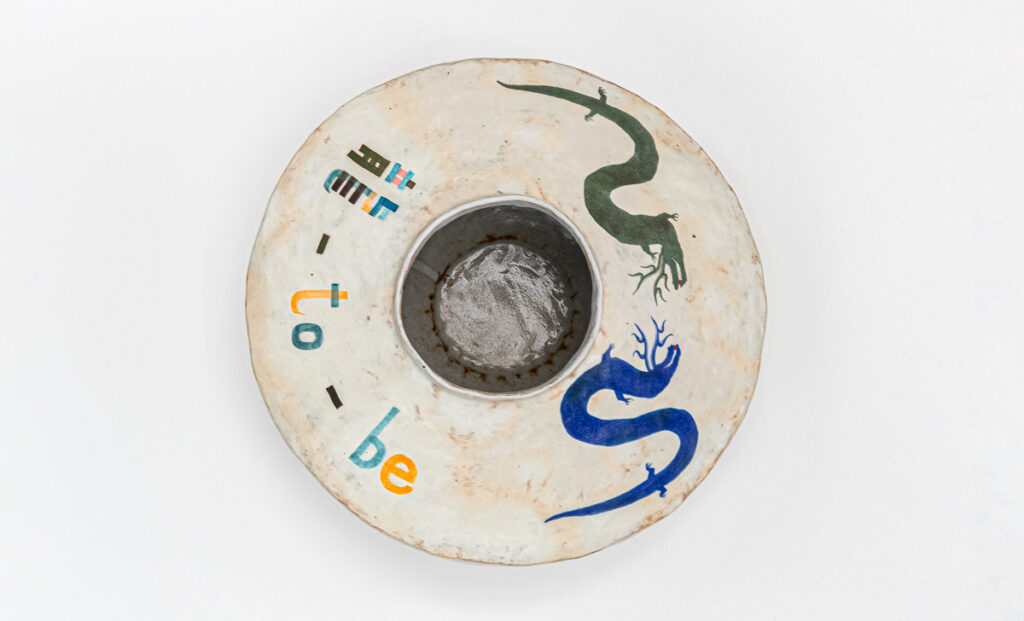2025 ✿ Storylines
✿
‘If I must die, let it bring hope, let it be a tale.”
Refaat Alareer (1979 – 2023)
✿
Garland is a platform for stories. So far, we’ve published 1783 articles by 879 writers from 81 countries. These articles reflect experiences grounded in life that resonate with broader themes, such as stewardship. Everyone can have a story. Besides being promoted through newsletters and social channels, these stories are also discoverable in the Garden of Stories, organised according to common threads across different issues.
In 2025, we plan a series of issues that highlight how and why we strive to keep certain stories alive. This reflects the key role that makers play in giving material expression to these stories. These stories become part of our everyday life. They become what we wear, adorn our spaces and offer as gifts.
The questions we ask include:
- How do we find commonalities while acknowledging our differences?
- What are the enduring stories that help us make sense of our world?
- Who do these stories belong to?
- How do the objects we make bring stories into our lives?
- What is the value of these stories in an increasingly distracted world?
The kinds of stories include:
- Classic stories that are passed down through generations
- Beings such as water-spirits that grant nature a voice
- Stories about elements such as the stars that link different cultures
- Stories about spirits that grant ancestors a place in the world
- Stories of creation and re-birth that offer hope
We are seeking interest from:
- Potential partners for hosting related exhibitions or commissioning local writers
- Proposals for the particular storylines that might link different cultures, such as water-spirits
- Handmade objects that tell a shared story
You can contact us here.
Concept note
As a project, Garland seeks to expand our appreciation of culture. Our arts industries are based on the value of cultural expression, but we often overlook what is expressed outside formal spaces, particularly those beyond the white cubes in “developed” countries.
Like the garland itself, such cultural expressions often exist outside the commodity system, drawing instead on community-based rituals and practices. These are often categorised as “heritage” or “community arts” that require government assistance to survive.
The project’s goal is not to replace the industry model but to open our eyes (and other senses) to what lies beyond it. Our arts industries can be revitalised through a connection to these organic activities.
After the initial journey around the creative spaces of the wider world (2015-2020), we have explored ways of bridging hierarchies, such as the estuary that brings salt and fresh water together (2021-2022), the non-visual senses (2023) and spaces where we come together (2024).
Life in the pluriverse
Many words are walked in the world. Many worlds are made.
Many worlds make us. There are words and worlds that are lies and injustices. There are words and worlds that are truthful and true.
In the world of the powerful there is room only for the big and their helpers. In the world we want, everybody fits. The world we want is a world in which many worlds fit. […] Softly and gently we speak.
‘Fourth Declaration of the Lacandon Jungle’ (1996) Zapatista National Liberation Army (Ejército Zapatista de Liberación Nacional, EZLN)
As a publication of the wider world, Garland fosters stories beyond the dominant trans-Atlantic North. An important concept emerging from the South is the pluriverse. The pluriverse is a dynamic of diversity that allows for different systems that co-exist in dialogue and exchange. It does not presume a standardised linear path of progress that all must follow to become a “developed country”. An important component of this is the concept of buen vivir (sumak kawsay), “to live well”, which is enshrined in the constitutions of Bolivia and Ecuador and involves rights for non-human beings.
The South Project (2004-2009) was one attempt to develop a conversation between the cultures of the South. This project involved a consortium of organisations and institutions across the latitude. It demonstrated the potential of a plural identity for cultures that have experienced European colonisation. Different stories emerged, such as the “flightless bird,” that reflected a shared experience.
On its own, the pluriverse risks being an abstract concept, meaningful only in opposition. To give it flesh, the goal for 2025 is to develop a series of issues based on shared stories. These stories connect us not only with each other but also with our ancestors and the non-human world. While books might contain recipes, stories are best brought to life in our creative practices, especially in objects that populate our everyday world.
The story themes will be broad so they can function as a common thread without collapsing into a singular archetype. This interconnectivity is what Boaventura de Sousa Santos called “Diatopical hermeneutics”, an epistemology of the South.
Themes
The four themes for 2025 are:
- Water-spirits: works that tell stories of beings that guard our waterways, influence rain or embody aquatic life. Beings can include dragons, naga, mermaids or neriads.
- Ancestors and spirits: works that tell stories of people who have died or beings from another realm. This can include the memorialisation of past struggles.
- Creation and re-creation: works that tell stories of how the world came to be and how it is renewed.
- Sky-spirits: works that refer to the stars, clouds, sun or moon
While such stories emerged in pre-modern cultures, the challenge is to find their relevance today. Potential contemporary connections include climate change, identity, decoloniality and craft renaissance.

